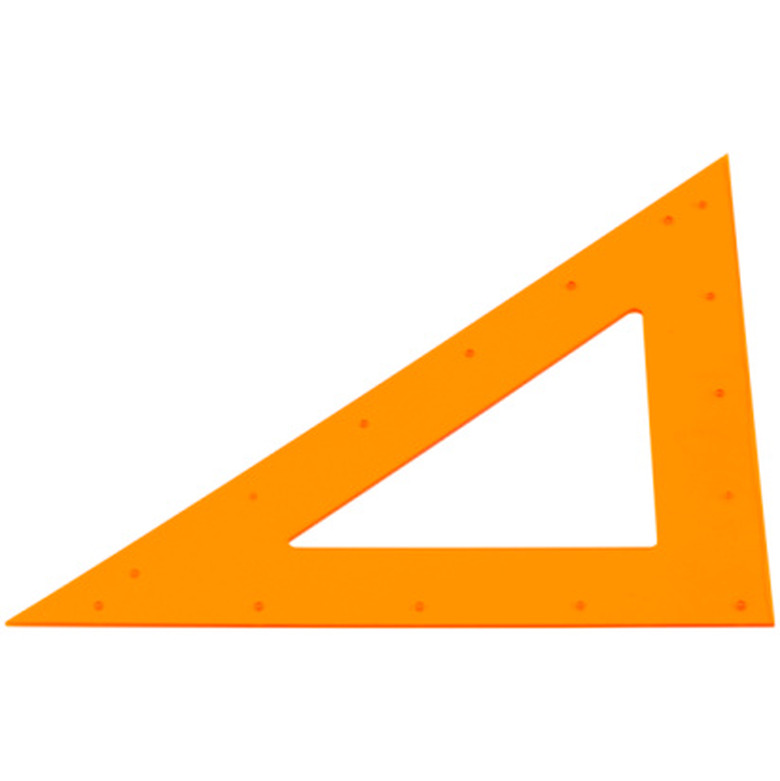Types Of Trigonometry
Trigonometry is a branch of mathematics that uses variables to determine heights and distances. There are four types of trigonometry used today, which include core, plane, spherical and analytic. Core trigonometry deals with the ratio between the sides of a right triangle and its angles. Plane trigonometry calculates the angles for plane triangles, and spherical trigonometry is used to calculate the angles of triangles that are drawn on a sphere. Analytic trigonometry provides formulations in relation to half and double angles.
Core Trigonometry
Core Trigonometry
This type of trigonometry is used for triangles that have one 90 degree angle. Mathematicians use sine and cosine variables within a formula (as well as data from trigonometry tables such as decimal values) to determine the height and distance of the other two angles. A scientific calculator has the trigonometry tables programmed within, making the formulations easier to equate than through using long division. Core trigonometry is taught in high schools, and studied in depth by mathematic majors in college.
Plane Trigonometry
Plane Trigonometry
Plane trigonometry is used for determining the height and distances of the angles in a plane triangle. This type of triangle has three vertices (points of intersection) on the surface, and the sides of the triangle are straight lines. Values for plane trigonometry are different than for core, as the sum of the plane must equal 180 degrees as opposed to 90 degrees. Mechanical engineers, architects, physicists and chemists use this type of trigonometry.
Spherical Trigonometry
Spherical Trigonometry
Spherical trigonometry deals with triangles that are drawn on a sphere, and this type is often used by astronomers and scientists to determine distances within the universe. Unlike core or plane trigonometry, the sum of all angles in a triangle is greater than 180 degrees. Sine and cosine tables are used, as well as latitude and longitude variables for determining the distance between two points. Once used to determine the position of sunrises and sunsets, this type of trigonometry originated in the 8th century. Mapmakers and navigation enthusiasts continue to use spherical trigonometry today.
Analytic Trigonometry
Analytic Trigonometry
A subtype of core trigonometry, analytic seeks to determine values based upon the x-y plane of a triangle. The sine (and cosine) of the sum of two angles is used to obtain the sine (and cosine) of a double angle. Formulas for double angles are also used to determine the values of half angles, by using division and square roots. Analytic trigonometry is used in engineering and science.
Cite This Article
MLA
Ashley, Brooke. "Types Of Trigonometry" sciencing.com, https://www.sciencing.com/types-trigonometry-8652780/. 24 April 2017.
APA
Ashley, Brooke. (2017, April 24). Types Of Trigonometry. sciencing.com. Retrieved from https://www.sciencing.com/types-trigonometry-8652780/
Chicago
Ashley, Brooke. Types Of Trigonometry last modified August 30, 2022. https://www.sciencing.com/types-trigonometry-8652780/




